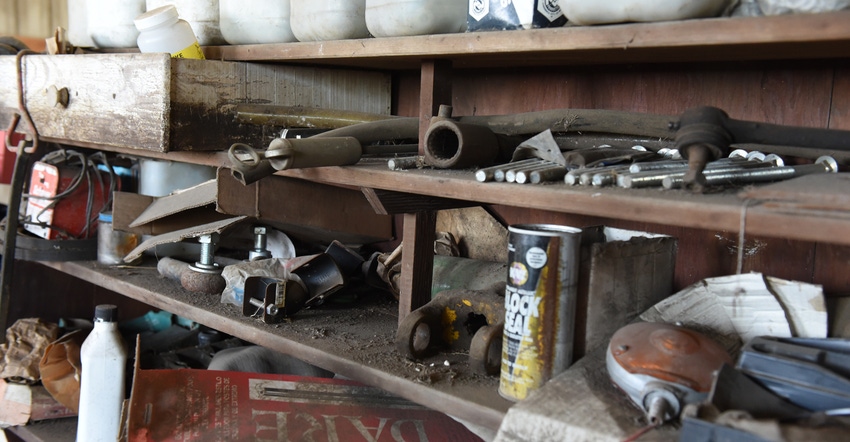
It is normal for equipment to break, but what doesn’t seem normal is the wait time to receive replacement parts or new machinery.
There has always been lead time between ordering and receiving equipment, says Steve Schmidt, CEO of Central Illinois Ag, headquartered in Atlanta, Ill. The dealership also has locations in Clinton, Farmer City and Mason City, Ill. Currently, dealers and farmers are dealing with longer wait periods.
Why the delay? Schmidt shares a few ideas:
Labor shortage. From assembly workers to transportation drivers, the industry is facing a shortage of individuals in the workplace. Schmidt has personally seen a lack of truck drivers who deliver products. COVID-19 outbreaks have shut down factories for periods of time, and regulations may be limiting the number of people in the workplace. A decrease in workers means less product being made to meet the demand.
Shipping barriers. On March 23, the Suez Canal became blocked by the Ever Given container ship for nearly a week. This canal serves as a vital trade point, so when over 450 ships were backed up and unable to move through the canal, the equipment world started to see consequences. In the ag equipment world, Schmidt says machinery companies are becoming more like assembly companies rather than manufacturing companies — so, if you can’t get the pieces, you can’t assemble the equipment. Central Illinois Ag has seen a delay on Bush Hog mowers due to parts that may be coming from Europe and beyond.
Surging demand. Few people predicted crop prices to escalate like they have, but this has led to a short-term increase in demand for farm machinery. Schmidt says manufacturers have not been able to respond quickly, given that demand spiked so recently and unexpectedly since August 2020.
Delays are happening all across the equipment industry, including short-line equipment dealers. Jay Harris, owner and sales manager at J.O. Harris Sales in Alexander, Ill., sells a variety of equipment, such as hay balers and seed tenders, and builds specialty planters. Harris has tried to be prepared for the delays and demand, regardless of the product line or where he was getting parts and equipment from.
“We’ve really been trying to order enough stuff in advance to keep ahead,” he says. “If I think I'm going to need 100 parts, and there’s only 300 available, I might buy all 300.”
While dealers may attempt to purchase extra inventory, don’t count on it. Both Schmidt and Harris encourage farmers to inspect equipment well before the season and plan for equipment and parts needs. In other words, figure out what you need well ahead of time.
Consider a postseason inspection from your dealer, too. Before you put the equipment away, give your dealer a call so someone can come out and inspect your equipment, says Schmidt. His dealership offers free inspections. At that point, the dealer can order parts, and maintenance can be completed.
“The people who do their preseason maintenance don’t have the parts needs like some of the other people do,” he says. “Now, granted, anything can break. But usually if a belt is going to break, you’ve seen a crack in it, so go ahead and order the belt.”
When people don’t anticipate their equipment needs, it usually ends in panic buying, says Harris. A farmer waits until last minute to order equipment or a part, he calls multiple dealerships, and nobody has what he needs. Once he finds a supplier with the product, he buys it. Sometimes this results in the farmer overpaying.
“If you give your suppliers a little bit of time to try to take care of your needs, 9 times out of 10 they will be able to figure something out,” says. Harris. “It’s hard to react in a moment’s notice when there is already a shortage or difficult supply situation.”
About the Author(s)
You May Also Like






